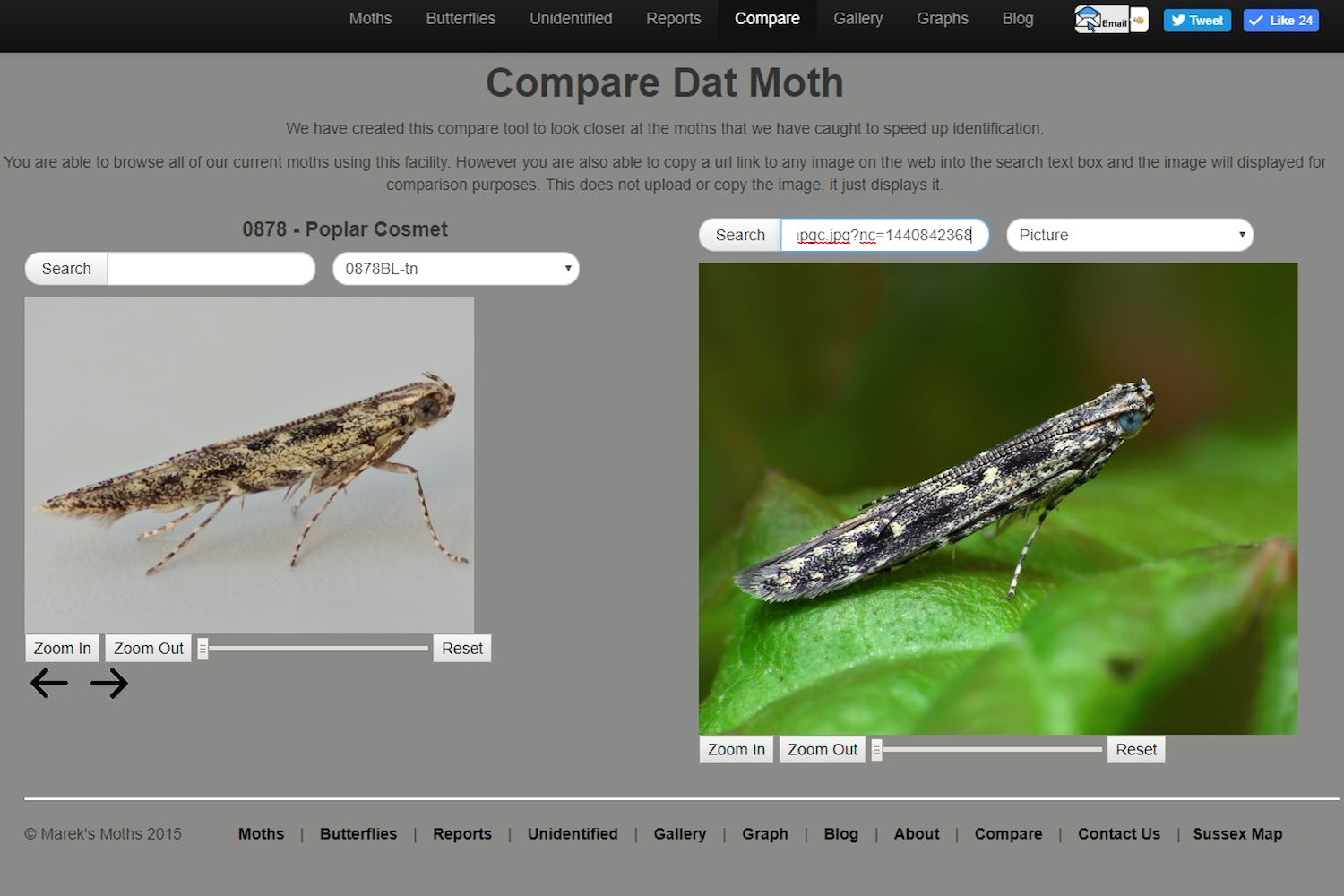
When Marek first began moth trapping, as I was still working, my main role was recording his catches after the event. I would also help during holidays when there were high numbers, photographing moths we thought we knew but needed to check to make sure.
Over the years we have come to recognise many moths especially the larger ones by sight and, in some cases, behaviour, however there are still a number we have not seen before. Trying to identify new or worn moths can be tricky especially when there are similar species.
Identification, as mentioned in a previous post, is made primarily from photographs although, when possible, studying the actual moth can be very helpful. In a lot of cases certain features stand out including resting posture and palps which can give an initial idea to the family we need to focus on.
Then it is a case of searching through the literature we have acquired over the years and checking possibilities with examples gleaned from moth sites on the net. Some of the sites, like this one, have a gallery showing all the different types they have which we also resort to if we cannot see anything in the books.
At this point it is necessary to check the general size of the moth and the flight season although this can vary according to the area where the trapping takes place.
From the books and sites, we can see if there are any other moths which are similar, some of which may belong to a different family and that can send us off on a completely different track.
In the beginning we could spend hours going around and around in circles trying to identify some of the smaller and/or less marked moths, but this has become easier as the quality of shots has developed.
When we have a moth of interest or if we are struggling to find an identity of one found in the UK we can request the advice of the local County Recorders, all of whom we have contacted have proved helpful and willing to offer their thoughts and opinions. There are times, however, when we need to group moths together or disregard them if they are too worn.
Trying to identify moths from other countries is more difficult as we have no books to consult and therefore must trawl the net to see what we can find. With some moths we can, after a lot of practice, determine the family and even the sub family which narrows the search. Through this we discovered several foreign sites which have proved useful for some of our local identifications as well.
To help us with identifications our son added a comparison tool to the site which lets us upload one of our own photographs as well as importing another from a site to give side by side views which can then be magnified for easier comparison of features.

We have also become aware that there are other insects which can resemble moths, including caddis flies and moth flies, especially on a dull morning when the light is poor.
Now I can hand back to Marek whose next post I believe is entitled Bugs, but nothing to do with the rabbit.